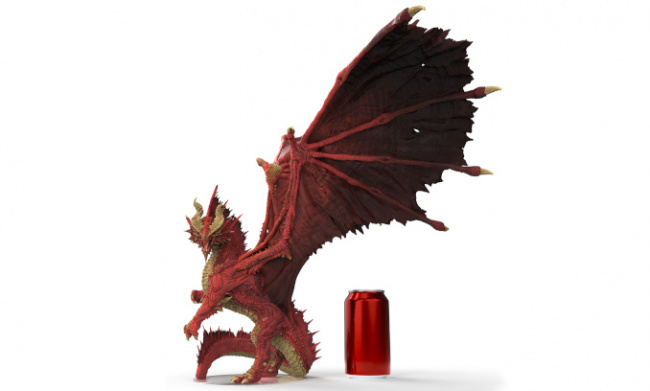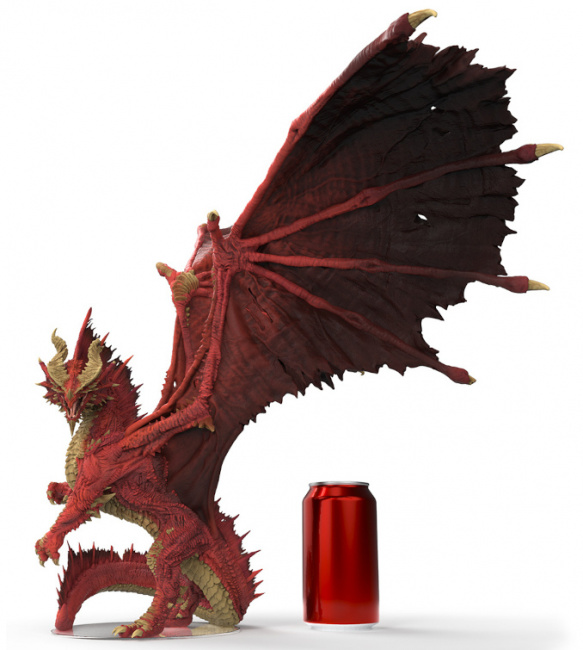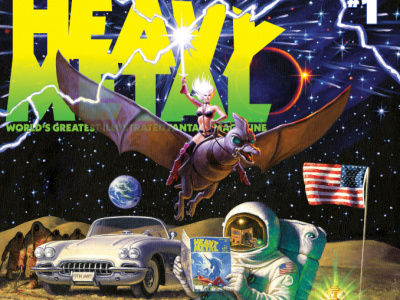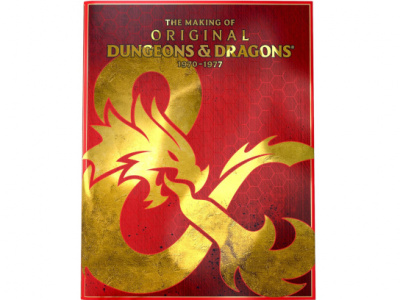The Merchant's Anvil is a monthly column by Paul Alexander Butler, owner of Games and Stuff in Glen Burnie, Maryland and co-owner of Gaming Days (parent company of Free RPG Day), that focuses on helping retailers craft sales strategies and identify trends in the games market. This month, Butler looks at selling high end products in the 2022 economy.
Do we really need a deluxe version of Tsuro?
That’s a question I heard asked a lot earlier this year when Calliope Games kickstarted the Tsuro Luxury Limited Edition.
What about these enormous giant-sized figures WizKids is putting out, like the Balagos, Ancient Red Dragon that recently released (see "Wizkids Unveils Another $399.99 ‘D&D’ Gargantuan Dragon Figure")? What about a life sized Drizzt? Is anybody actually buying these things? Seems like there’s another one announced every few months, so somebody must be buying them.
With inflation the talk of the town, and prices rising all around us, should we really be focusing on what amounts to super high end luxury items? At what point do our customers check out? Many folks are still recovering from their debit cards catching fire when they filled their gas tank to come to our stores over the summer, and then they see the price tag on that dragon and look at us like we’re crazy people. There’s no shortage of these items in the pipeline, whether it be the Quasit Life-sized Familiar coming from WizKids, or the Castles of Burgundy: Special Edition that raised almost $3 million on Gamefound back in May.
So... should we even bother?
For those of us in population-dense areas, I think the answer is straightforward. At the risk of generalizing, we’ve got two very different customer types. And we should be serving both.
If the past two years have taught us anything, it’s that people like spending money on stuff. And while events and dining have largely recovered from their long slumber during the peak of COVID, there’s part of our customer base that’s still very happy to spend silly money on some very premium items. These are our lifestyle customers, the folks that really want a statue of Vecna in their game room and are willing to pay for it (see "WizKids Unveils ‘Dungeons & Dragons’ Vecna Premium Statue"). Let’s be real, the fact that these people even have a "game room" separates them from many of our customers.
Kai Ryssdal of National Public Radio’s Marketplace has developed the shorthand of "Walmart shoppers" and "Whole Foods shoppers" as a way to think about two distinct customer bases and their buying patterns, and the program has frequently spoken to these differences (more at Marketplace) and I find it a worthwhile exercise.
So yes, I’ll be giving a fair amount of attention to $15-$20 card and dice games in my store, providing a wide variety of options for a more price conscious customer (especially as we head into the holidays). But I’ll also be stocking all manner of Kickstarter deluxe editions and luxury statues and figures for the game room lifestyle crowd. It’s fairly basic retail actually, as not all customers are created equal. Not that different from having $20 chess sets next to the $600 ones.
That being said, my store is not a museum. I don’t want aisle after aisle of pretty artifacts for customers to ooh and ahh over. I do expect these things to sell at some point, and I’d be lying if I said that Kickstarter-exclusive editions of board games weren’t a leading cause of my recent growth in that department. And sometimes, a massive dragon figure provides just enough wow factor to let the customer know you’re the place to find cool and unusual stuff.
Afterthought: Many of these crowdfunded titles, like Burgundy or Tsuro didn’t have retailer backer levels as part of their campaigns, but that didn’t stop me from grabbing a few to sell on the secondary market, but that’s a whole other column.
The opinions expressed in this column are solely those of the writer, and do not necessarily reflect the views of the editorial staff of ICv2.com.

Column by Paul Alexander Butler
Posted by Paul Alexander Butler on September 14, 2022 @ 3:21 am CT
MORE GAMES
Showbiz Round-up
December 2, 2024
There was plenty of Hollywood news to digest (alongside Thanksgiving Day leftovers). It's time for a round-up!
Column by Scott Thorne
December 2, 2024
This week, Scott Thorne looks at initial reports on Black Friday sales in 2024, and discusses the continuing controversy around The Making of Original Dungeons & Dragons: 1970-1977.
MORE COLUMNS
Column by Rob Salkowitz
November 25, 2024
This week, columnist Rob Salkowitz looks at imprint relaunch trend in comics.
Column by Scott Thorne
November 25, 2024
This week, columnist Scott Thorne looks at the social media controversy revolving around The Making of Original Dungeons & Dragons: 1970-1977.









